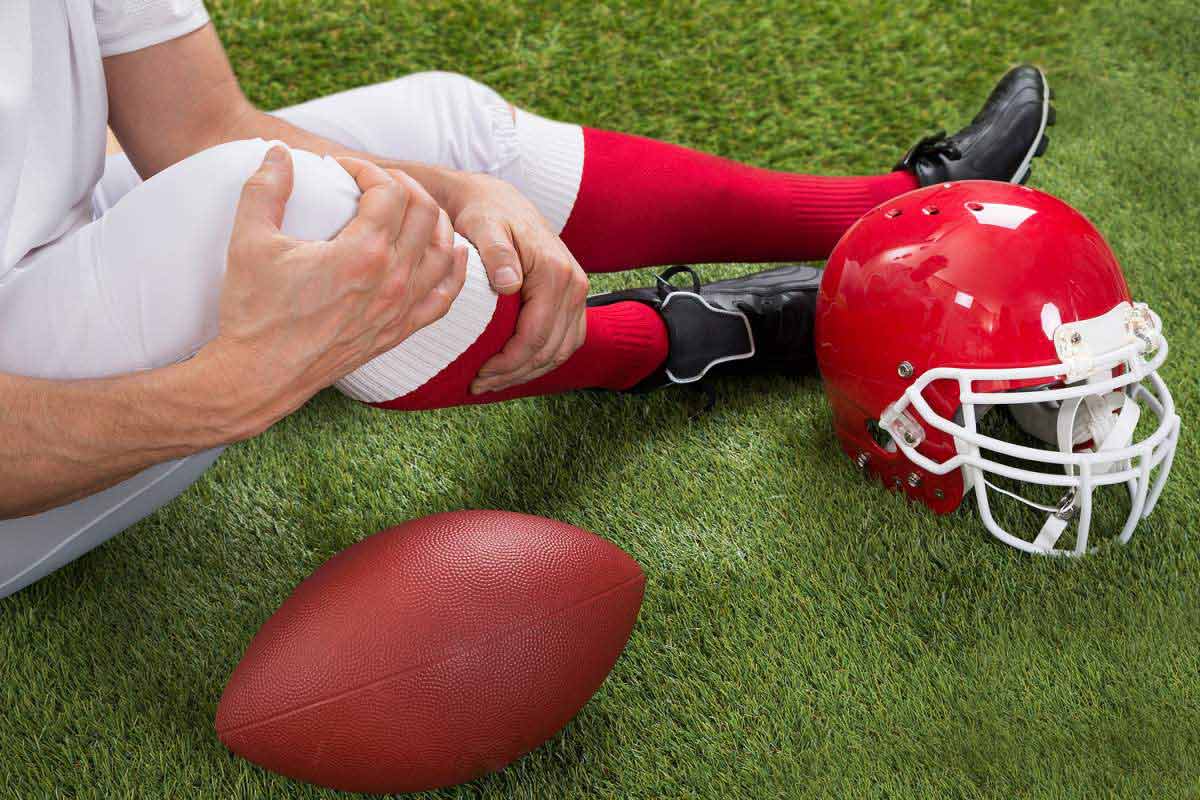Written by Aurora Harklute
Professional sports take a toll on the body and mind, yet there is a culture of silence in many professional leagues. Now, retired NFL players like former quarterback Brett Favre are speaking out about their personal experiences misusing prescription opioids while playing football. Favre’s comments provide a window into the extent of opioid abuse among athletes at all levels.
Brett Favre Admits Opioid Abuse Left Him “Almost Wanting to Kill Myself”

In a new interview on his podcast, “Bolling with Favre,” star quarterback Brett Favre opened up about his painkiller addiction. Favre first started using prescription opioids in 1994, when he suffered a separated shoulder during a game against the Philadelphia Eagles. The team doctor administered a pain shot at halftime and several Vicodin (hydrocodone) extended-release tablets after the game. Favre said the pills “sort of numbed the pain, but it also felt pretty good.” He discovered that if he complained of lingering pain, he could get more pills. A few other injuries that season, including a sprained ankle, left him looking for pain pills and the “buzz” he got from them.
Favre began asking teammates to get pills on his behalf so that he could take more. The prescription painkiller addiction escalated from two pills at a time, to four and eventually to 16 pills at once. In 1995, he had a seizure that caused a Green Bay doctor to tell him he had to stop taking prescription opioids. He went through a 75-day rehab program but never fully mentally committed to quitting. When he was discharged, he went right back to misusing painkillers, including during his Superbowl-winning 1996 season. Things came to a head at the end of that season when he was home in Mississippi. Favre says he sat in his bathroom and said, “It’s one of two things — I die, or I flush these pills down the toilet. I sat by the toilet for two hours. Eventually, I dumped the pills in the toilet.” He stopped “cold turkey” and dealt with terrible withdrawal symptoms but was able to maintain his sobriety.
5 Things You Didn’t Know About Opioid Abuse in the NFL
Brett Favre’s story is all too common in the NFL and other professional sports leagues. These facts illustrate the extent of the substance abuse concerns athletes face:
Opioid abuse is widespread among professional athletes.
Brett Favre is far from alone in NFL players abusing prescription painkillers. A recent study found that 52% of players used opioids at some point in their NFL careers. At any given time, 4-5% of professional athletes use opioids, though rates are higher in the NFL than in other sports. An undiagnosed concussion is a risk factor for painkiller abuse and is particularly common in professional football.
Prescription painkiller abuse often starts with athletes after injury.
Brett Favre’s story shows how painkiller abuse in the NFL often starts. A player experiences an injury and is given medication to help him play through the pain. This leads to a cycle of reinjury followed by more painkillers. According to retired player Calvin Johnson, team doctors and trainers gave out opioids “like candy” at practice and in locker rooms. Players may expect that “this is just how it is” and begin taking opioids without being fully aware of the risks.
Professional leagues can play a role in perpetuating the problem.
The NFL’s had a lax policy on drug testing also plays a role in opioid abuse among athletes. NFL players were usually tested for street drugs only once per year: before training camp. This means that during the rest of the year, including during the regular season, players may abuse drugs like opioids without fear of getting caught. Other professional sports leagues like the NBA and NHL have somewhat stricter rules, but opioid abuse still occurs.
Given the money, fame, and status on the line, NFL players may feel reluctant to tell their coaches or teammates about a substance abuse issue. If playing through chronic pain is expected of high-performing athletes, they are unlikely to want to stop using opioids. And completing a rehab program could mean a career-ending break from football.
Athletes at all levels are impacted by prescription painkiller addiction.
Although NFL players’ opioid abuse has gained particular attention, athletes of all ages and levels of play are affected. In one recent study of 8th and 10th graders, playing a high-injury sport like football, cheerleading, or wrestling was associated with significantly higher rates of opioid misuse. Kids in these sports may initially experience an injury, get prescribed an opioid painkiller, and develop addiction or dependence on these drugs.
Ex-NFL players continue to suffer, often with little support.
Sadly, opioid misuse does not end when an athlete retires. Ex-NFL players often deal with chronic pain, loss of identity, difficulty reintegrating into everyday life, and mental health problems. In one recent study conducted by researchers at the University of Florida, 336 former NFL players who were prescribed opioids while players were asked about their current substance use. More than a quarter of the players reported using prescription opioids within the past 30 days. A follow-up study found that former players who used opioids during their careers were much more likely to currently misuse opioids, report depression symptoms, and have a more inferior quality of life.
Summary
Brett Favre’s recent comments about his opioid abuse and mental health crisis shine a light on an aspect of professional sports that is too often kept out of the public eye. Athletes, paid millions of dollars to perform on the field, are given dangerous painkillers to allow them to keep playing through injury. This leaves many of them vulnerable to addiction and mental health issues that last long after leaving the playing field. Raising awareness of this problem can put pressure on the NFL to take opioid abuse seriously and help players get the resources they need to move toward recovery.
Aurora Harklute is a neuropsychologist and freelance writer with more than 10 years of experience. She has a bachelor’s degree in human physiology, a master’s degree in cognitive psychology, and a Ph.D. in clinical psychology. She writes for a variety of industries within the substance abuse and medical fields. Aurora specializes in the impact of substance use on mood and cognition.
















